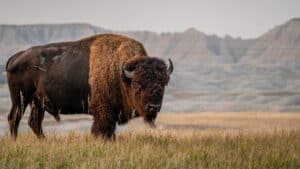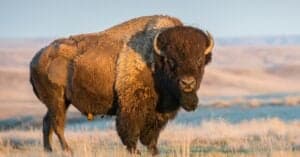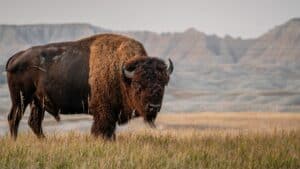Continue reading for our analysis...

Both the geysers and the rich and plentiful wildlife of Yellowstone are well-known. There are 67 species of mammals, including seven native ungulate species and two bear species. This is in addition to approximately 300 species of birds, 16 species of fish, five amphibian species, six reptile species, and six species of fish.
To discover optimal plant growth, all of the park’s hoofed mammals move about the area.
The number of visitors to Yellowstone National Park, the oldest national park in the US, in previous years was roughly 4.86 million annually.
A family enjoying their time at the park got to witness a raw interaction between a bison and a grizzly bear! Thankfully, one of the family members grabbed their phone and filmed for us at home to see as well!
A mature bull can grow to a height of about six and a half feet at the hump and a length of nine to 12.5 feet. Females often measure between seven and 10 feet in length and five feet at the hump. Bison have a weight range of 1,800 to 2,400 pounds.
In comparison to other bear species, grizzly bears (Ursus arctos horribilis) are often bigger and heavier. In the lower-48 States, adult males weigh 400 to 600 pounds on average, whereas adult females weigh 250 to 350 pounds. As you can tell, in relation to a bison, these apex predators are much smaller.
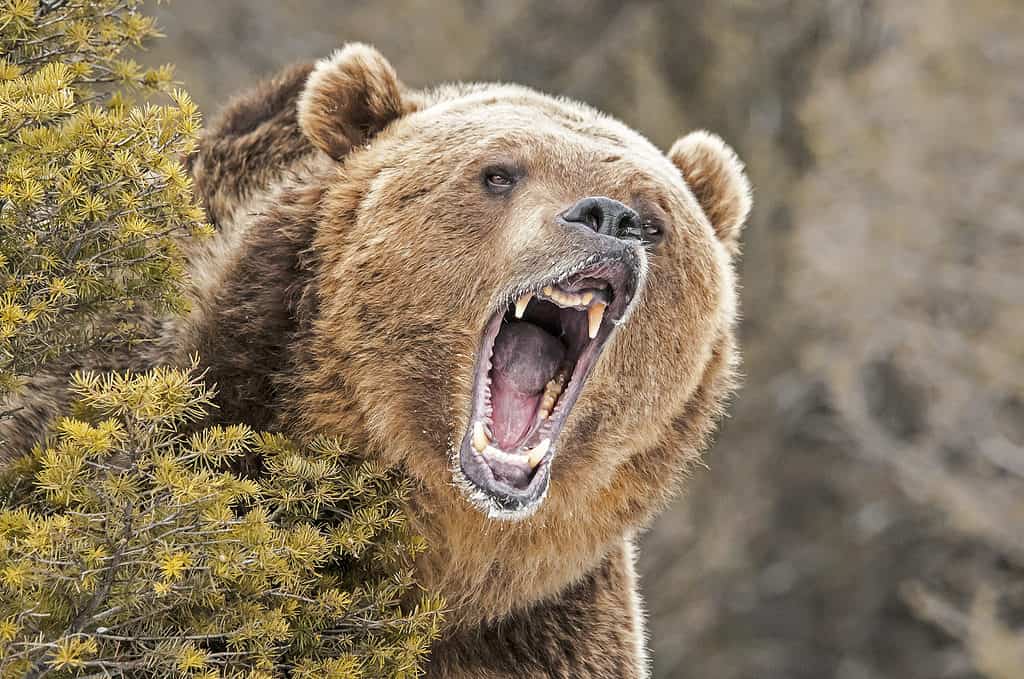
Grizzly bears are omnivores: plants make up a large part of their diet but they also like fish and flesh.
©Scott E Read/Shutterstock.com
Is it Normal for Bears and Bison to Fight?
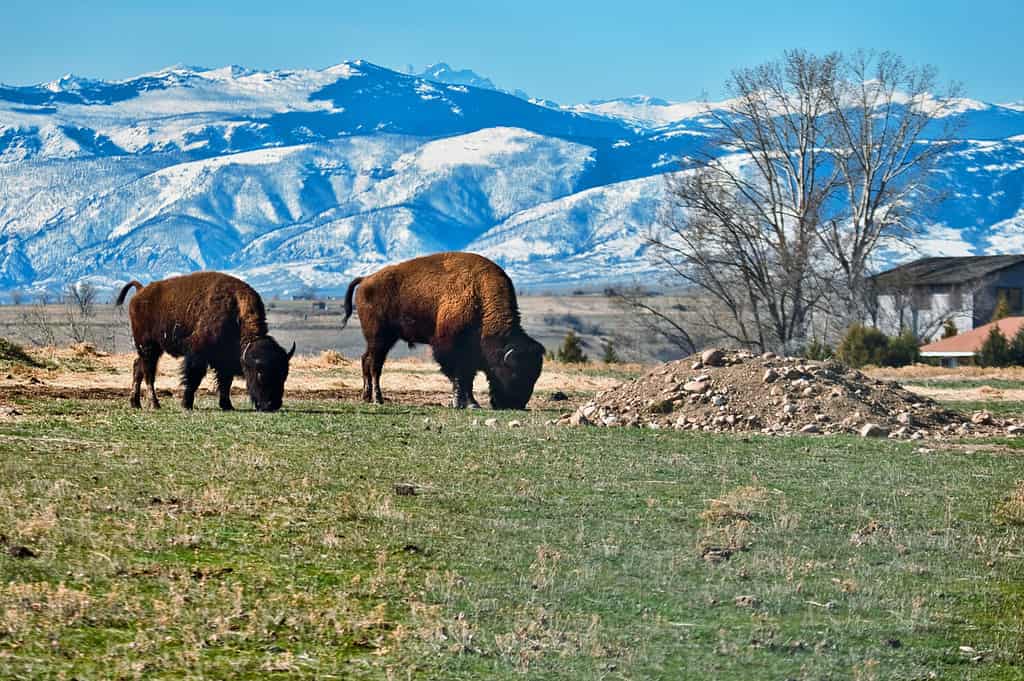
Grizzlies are Bison’s natural enemy.
©Steve Creek/Shutterstock.com
Normally, a full-grown grizzly can’t bring down a healthy adult bison on its own. In the video, the grizzly was clever and picked a smaller, weaker one from the herd.
Bison are the biggest land mammals in North America, and wolves and grizzly bears are the only large predators for adult bison. While bison are more common in Yellowstone National Park, most wolves avoid messing with them.
A Battle Worth Seeing!
At the beginning of the interaction, the bison charges at the young grizzly. The aggressive actions of bison, which are wild animals, include pawing the ground, snorting, bobbing their heads, roaring, and lifting their tails in response to danger. A stressed bison may charge if that doesn’t get the threat to go away.
The compilation cuts to another scene where the tables have turned and the brown bear can see mounting the bison and biting its back. This continues as the bison casually starts walking away, with the bear still trying to bring it to the ground.

A wild mountain bison grazes in Utah.
©iStock.com/Peter Loring
While we don’t want to spoil the ending for you, check out what this person had to say about watching: “It’s amazing how bears remain cognizant of their surroundings even during a fight/attack. Throughout the confrontation, the bear glances around to be sure that he isn’t going to be blindsided.”
Did both animals make it out alive? Were any tourists injured by the wild creatures? You’ll just have to watch the video below!
Thank you for reading! Have some feedback for us? Contact the AZ Animals editorial team.



